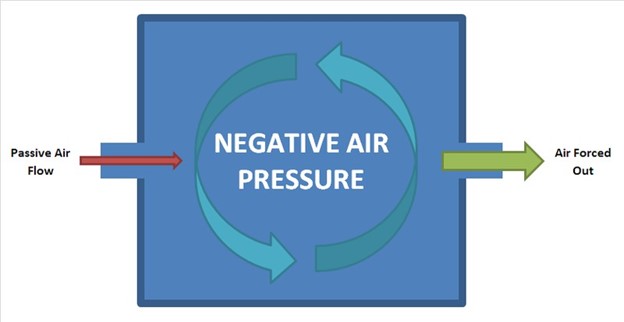A client who is taking warfarin has an international normalized ratio (INR) of 0.8. Which question should a nurse ask to further evaluate the client?
Do your gums bleed when you brush your teeth?.
Are you taking the medication as prescribed?.
Have you noticed blood in your stools?.
Do you have any unusual bruising?.
The Correct Answer is B
Are you taking the medication as prescribed? This is because warfarin is a blood-thinning medication that affects the prothrombin time (PT) and the international normalized ratio (INR).
The PT measures how long it takes for blood to clot, and the INR is a calculation based on the PT that standardizes the results across different laboratories. A normal INR range is 0.8 to 1.1 for people who are not taking warfarin. People who take warfarin usually have a target INR range of 2 to 3, depending on their condition.
An INR of 0.8 means that the blood clots faster than normal, which increases the risk of blood clots and strokes.
This could indicate that the client is not taking enough warfarin or is taking other medications or foods that interfere with warfarin’s effect.
Choice A is wrong because bleeding gums are a sign of excessive bleeding, which could happen if the INR is too high, not too low.
Choice C is wrong because blood in stools is also a sign of excessive bleeding, which could happen if the INR is too high, not too low.
Choice D is wrong because unusual bruising is another sign of excessive bleeding, which could happen if the INR is too high, not too low.
Nursing Test Bank
Naxlex Comprehensive Predictor Exams
Related Questions
Correct Answer is D
Explanation
A back massage is a type of cutaneous stimulation that can help reduce pain by activating the gate control theory of pain. Cutaneous stimulation is a non-pharmacological intervention that can be delegated to unlicensed assistive personnel (UAP) or nursing assistive personnel (NAP) under the supervision of a registered nurse.
Choice A is wrong because assessing pain status requires critical thinking and clinical judgment, which are skills that only registered nurses have. Pain assessment is not a task that can be delegated to UAP/NAP.
Choice B is wrong because administering a placebo is a type of pharmacological intervention that involves giving a substance that has no therapeutic effect. Placebos are unethical and ineffective for pain management and should not be used by any health care provider.
Choice C is wrong because reviewing a pain diary involves evaluating the patient’s response to pain interventions and adjusting the plan of care accordingly. This is a complex task that requires nursing knowledge and skills and cannot be delegated to UAP/NAP.
Correct Answer is ["E"]
Explanation
A private room with negative air pressure is required to care for a client with suspected or confirmed tuberculosis (TB) disease, as this is part of the airborne precautions recommended by the CDC.

A private room with negative air pressure prevents the spread of infectious droplet nuclei that contain the TB bacteria.
Choice A is wrong because gloves, masks, and gowns are not sufficient to protect against TB transmission.
Gloves and gowns are used for contact precautions, which are not indicated for TB.
A regular mask is also not effective in filtering out the small droplet nuclei that carry the TB bacteria.
Choice B is wrong because an N95 mask is not a precaution for the client, but for the healthcare personnel who are in close contact with the client.
An N95 mask is a type of respirator that can filter out at least 95% of airborne particles, including TB bacteria. Health care personnel should wear an N95 mask when entering the client’s room or performing aerosol-generating procedures on the client.
Choice C is wrong because droplet precautions are not indicated for TB.
Droplet precautions are used for infections that are spread by large respiratory droplets that do not remain suspended in the air, such as influenza or pertussis. Droplet precautions require wearing a regular mask and eye protection when within 6 feet of the client.
Choice D is wrong because contact precautions are not indicated for TB.
Contact precautions are used for infections that are spread by direct or indirect contact with the client or the client’s environment, such as Clostridium difficile or MRSA. Contact
Whether you are a student looking to ace your exams or a practicing nurse seeking to enhance your expertise , our nursing education contents will empower you with the confidence and competence to make a difference in the lives of patients and become a respected leader in the healthcare field.
Visit Naxlex, invest in your future and unlock endless possibilities with our unparalleled nursing education contents today
Report Wrong Answer on the Current Question
Do you disagree with the answer? If yes, what is your expected answer? Explain.
Kindly be descriptive with the issue you are facing.
